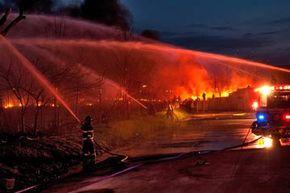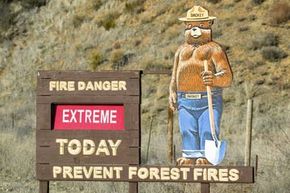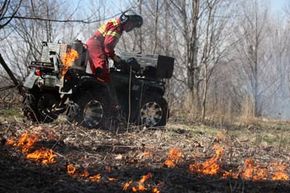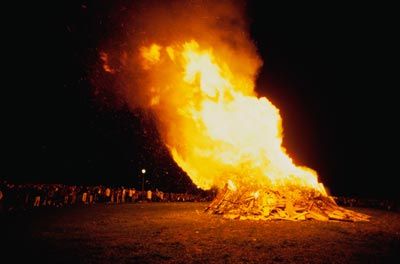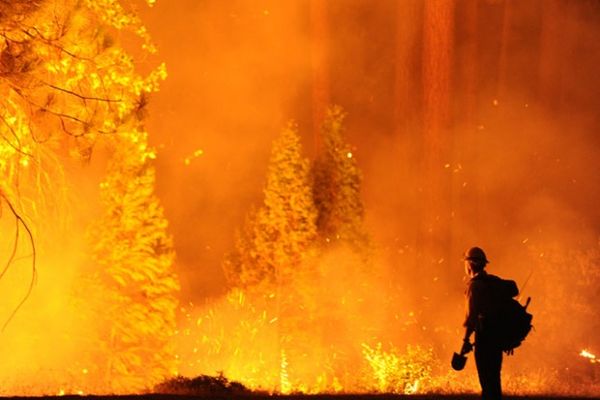Car fueled, cruise control set and audiobook in play, I drive a winding course through Kansas' Flint Hills. These rolling grasslands, which comprise most of the remaining tall grass prairie in the world, stretch to the skyline. Herds of cattle and a few deer dot the hillsides, their forms standing out against the waist-high grass. I imagine what it must have been like to travel by covered wagon across the undulating terrain as I watch a thunderstorm roll in. It seems like just the right daydream as clouds gather on the horizon.
As my route cuts the distance between car and clouds, the acrid smell of smoke infiltrates the interior. Ahead, I can see an orange line jumping through the grass. I begin to understand: This isn't a storm at all, but smoke from a fire.
Advertisement
On the Kansas prairie, controlled burns are not that unusual. It's a man-made attempt to mirror a natural burning cycle that kills invasive weeds and helps eradicate plant diseases. Out of the 47 million acres (19 million hectares) of farmland in production, an estimated 5 million acres (2 million hectares) are set ablaze each year [sources: Kansas Dept. of Health and Environment, KDHE].
Still, this amount of scorched farmland is not equal to the nation's forest fires. Started by humans or weather, whipped by wind and fueled by dry brush, an average of 100,000 forest fires consume on average 5.8 million acres (2.3 million hectares) in the U.S. each year. These fires destroy everything that cannot escape their path: animals, vegetation -- and increasingly -- property and people.
Of the 750 million acres (300 million hectares) of forest in North America, 57 percent is privately owned and becoming increasingly developed for residential use. This means forest fires are likely to harm people and buildings, along with trees and vegetation [source: Society of American Foresters].
Most would agree that forest fires are bad. But experts are also realizing there are benefits as well. In fact, fires (started by lightning) are a natural part of the circle of forest life. Today, the idea is not to prevent forest fires altogether, but to use them, via controlled burns, to our -- and the ecosystem's -- collective advantage.
